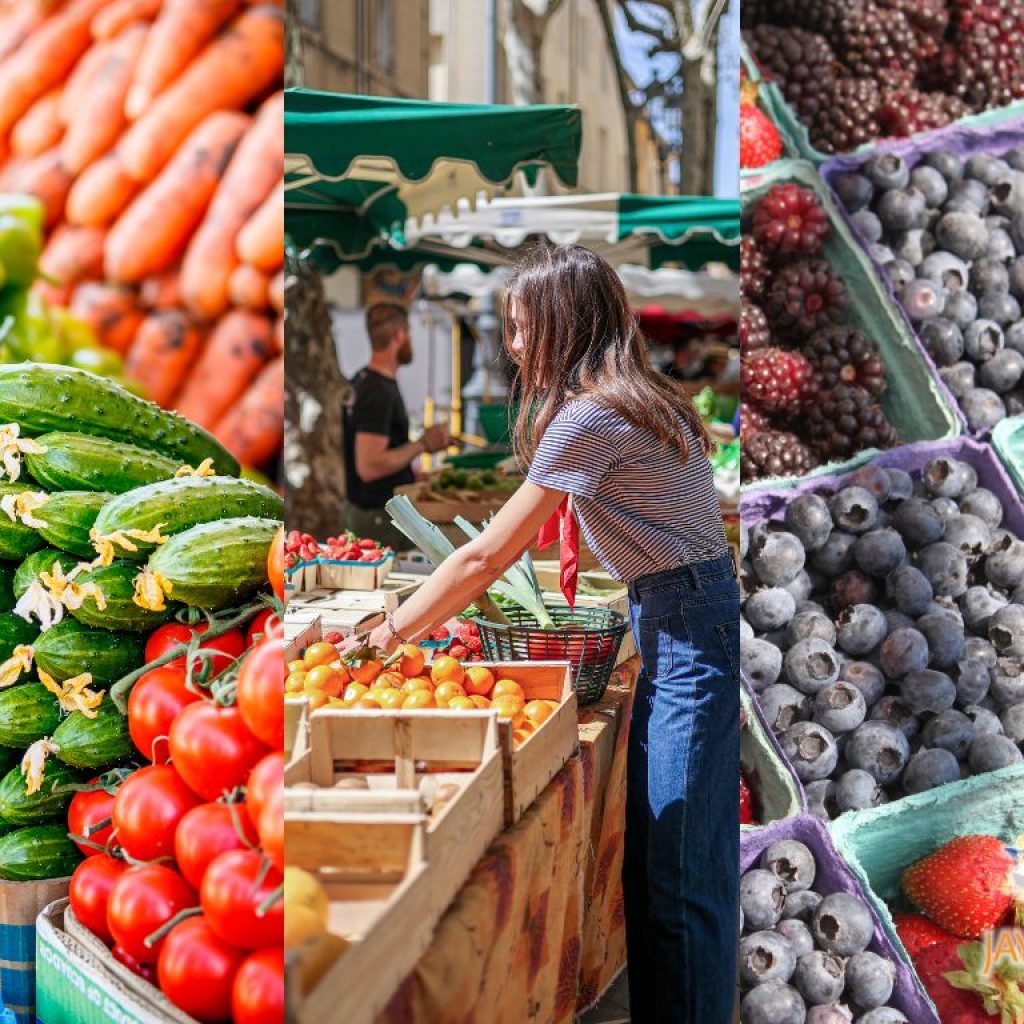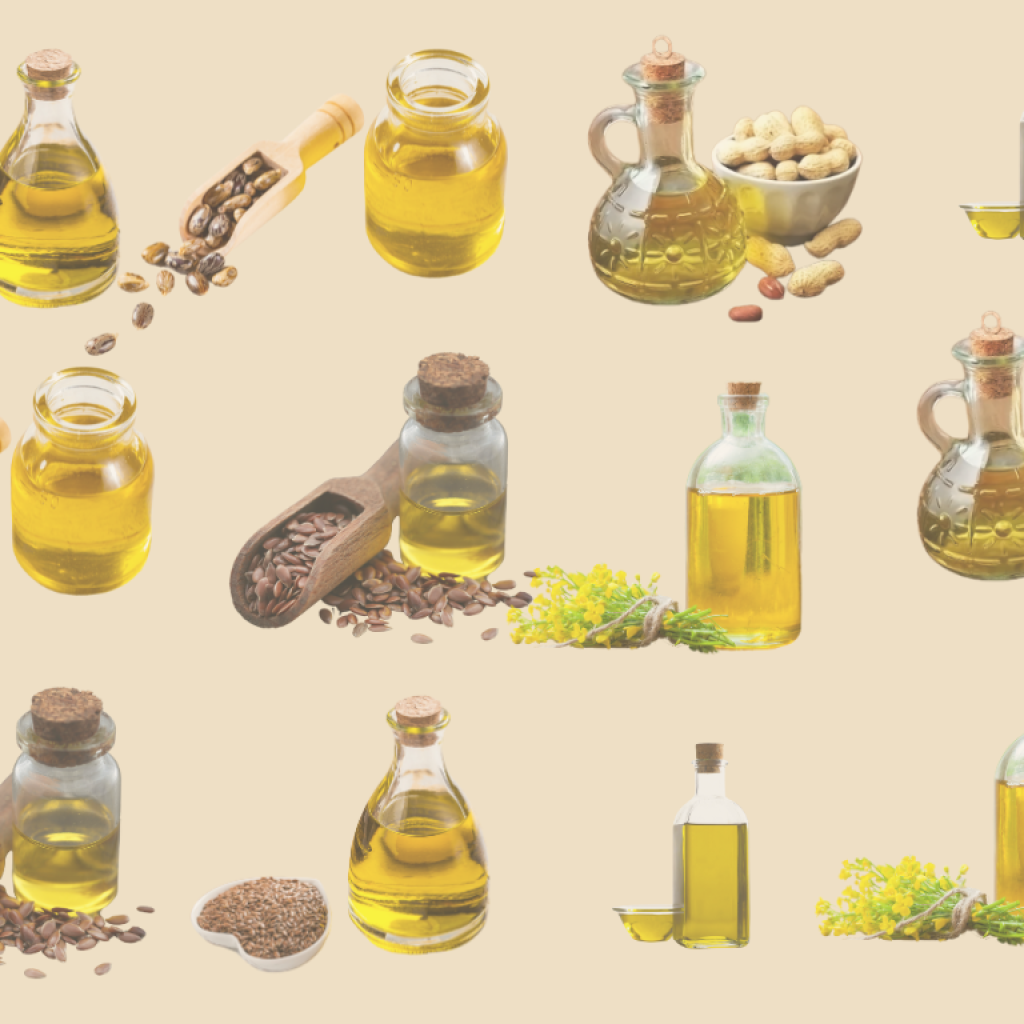In today’s fast-paced world, understanding how to read food labels is more critical than ever. With “U.S consumers purchasing over 400,000 different packaged food and beverage products in their grocery stores each year,” (AND, 2023) knowing what goes into the products we consume directly impacts our health and well-being.
The shift towards packaged foods over the last 50 years has been monumental. With busier lifestyles and the convenience factors, more people are opting for ready-to-eat or easy-to prepare meals. It’s not to say all convenience foods are “bad”, however packaged foods can often contain hidden sugars, unhealthy fats, and excessive sodium levels, which can contribute to various health issues like obesity, diabetes and heart disease. Therefore, understanding a food label empowers individuals to make healthier choices for themselves and their families. By knowing the nutritional content of the foods consumed and packaged products, individuals can better manage health conditions such as high blood pressure diabetes and food allergies. It also can enable a person to avoid harmful additives and make informed decisions about portion sizes.

Infographic that analyzes the different sections of the standard American nutrition label. Text is provided below.
Calories & Serving Size
The Serving Size is set by the US Food & Drug Administration reflecting the amount that people typically eat or drink – It is not an indication of how much we should eat, that decision is your own. This section is saying 1 serving = 2/3 cup and there are 8 servings total.
So if you consume 2/3 cup of this food item (1 serving), you have consumed 230 calories, 8 g of fat, 160 mg sodium, 37 g carbohydrate (10g are added sugars), 4 g of fiber, 3 grams of protein. If you have 2 servings (= 1 1/3 cup) you will have consumed 460 calories, 16 g of fat, 320 mg sodium, 74 g carbohydrate (20 g added sugars), etc.
Heart Health
This section represents which type of fat you are consuming for each serving. Aim to keep Saturated fat less than 10% of daily calories and trans fat 0g whenever possible. The key to fat intake is moderation and choosing healthy fats such as unsaturated, mono- and polyunsaturated. If a food item contains these healthy fats, they will be on the label.
Carbohydrates
Total carbohydrates includes dietary fiber and total sugars already so you don’t need to count them separately. The total sugars breaks down again to show you what the ratio of added vs natural is. In this example, we can see that 10 out of the 12 grams of total sugars were “Added” which means there was some form of sugar added while making this product. They do not included naturally occurring sugars that are found in milk, fruits and vegetables. Aim to keep calories from added sugars to less than 10% of total calories per day which if you consume a 2,000 calories daily diet that is 200 calories or 50 grams of added sugars per day.
Nutrients
This section of the label, along with dietary fiber, are nutrients we should try to get more of. Fiber improves & maintains gut health and supports healthy cholesterol levels. Vitamin D, iron, calcium and potassium have various health benefits such as reduces risk of conditions like osteoporosis, anemia and high blood pressure.
Daily Value
he % Daily Value (DV) listed on the nutrition label represents the recommended daily intake of nutrients for an average person consuming a 2,000-calorie diet. They serve as a general guideline to help consumers understand how a particular food fits into their overall diet. In this example, the food item contains 20% DV of calcium, this means 1 serving provides 20% of the recommended daily intake of calcium for the average person consuming a 2,000 calorie diet. Daily Values are provided for various nutrients on the label as you can see highlighted in blue. Interpreting % DV can help individuals assess nutritional content of a food item relative to their dietary goals.
*The 2,000 calorie diet is a standard reference point used for nutrition label purposes. Individual calories needs vary based on age, gender, weight, height, activity level, and overall health status.
Healthy regards, Cassandra RDN
Medical Advice Disclaimer: The information provided on this blog is for informational and educational purposes only. No material provided in this blog, including images and graphics, is intended as a substitute for professional medical advice, diagnosis, or treatment. Always seek the advice of your physician or other qualified health care provider before making any dietary changes or starting a new health care regimen. Do not neglect professional advice because of what you may have read in this blog.
References:
2. Unknown. (2023, March 13). Buyer beware: 60% of foods purchased by Americans contain technical food additives—A 10% increase since 2001. Academy of Nutrition & Dietetics. https://www.eatrightpro.org/about-us/for-media/press-releases/60-percent-of-foods-purchased-by-americans-contain-technical-food-additives




